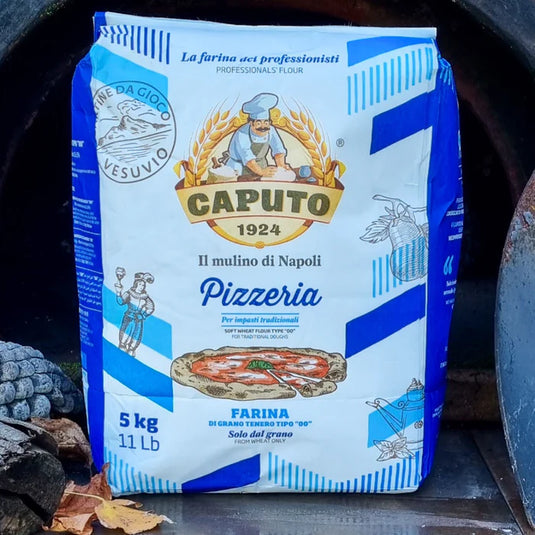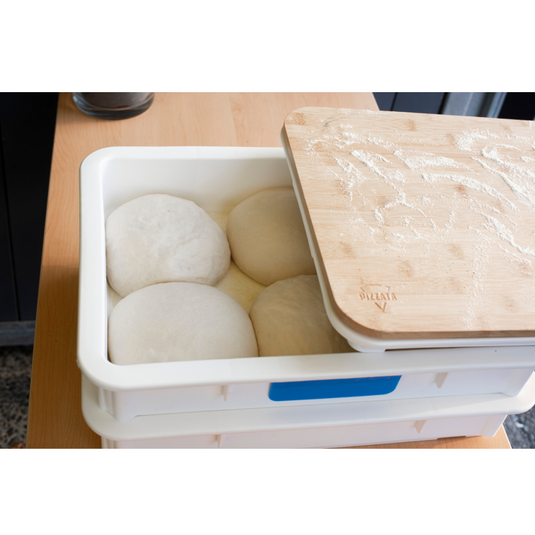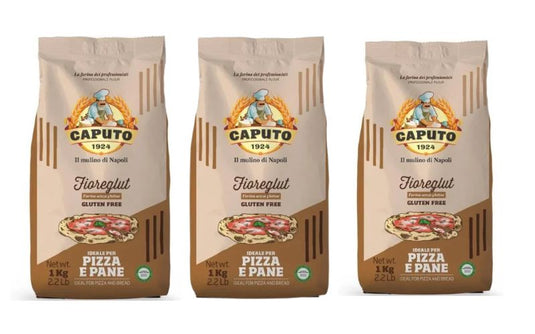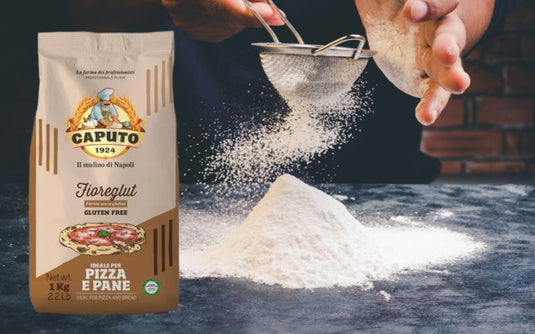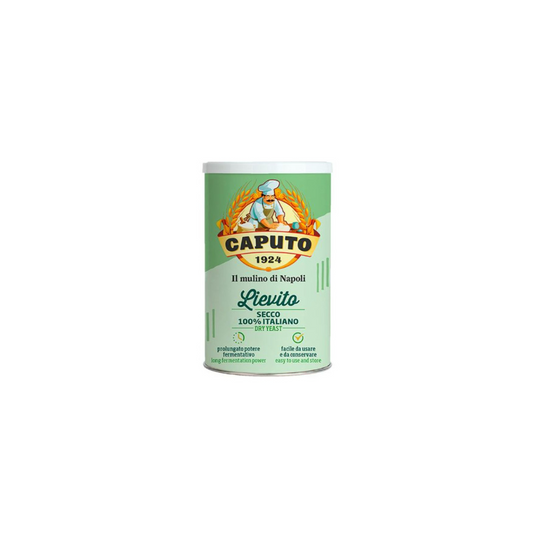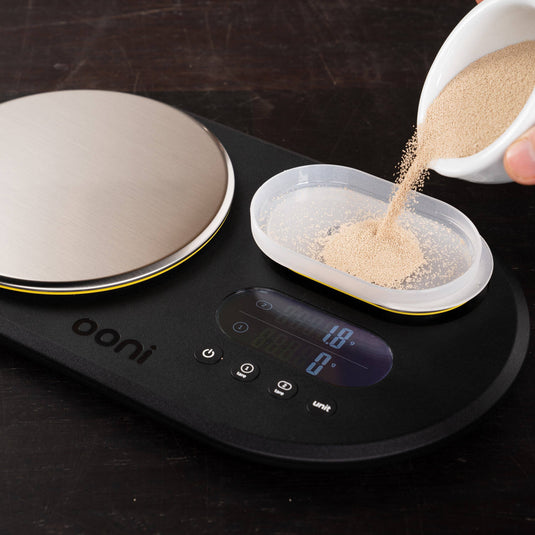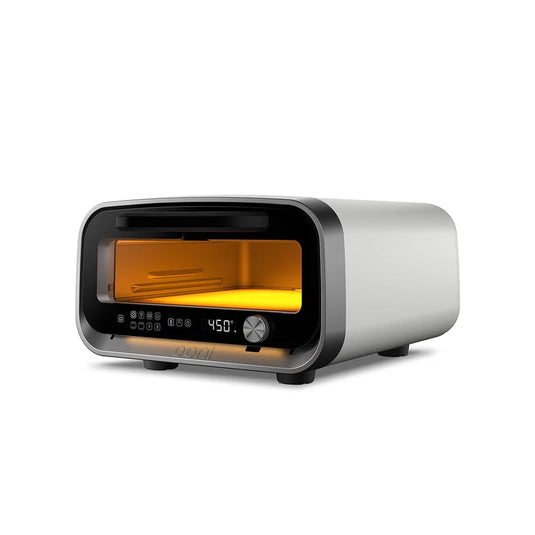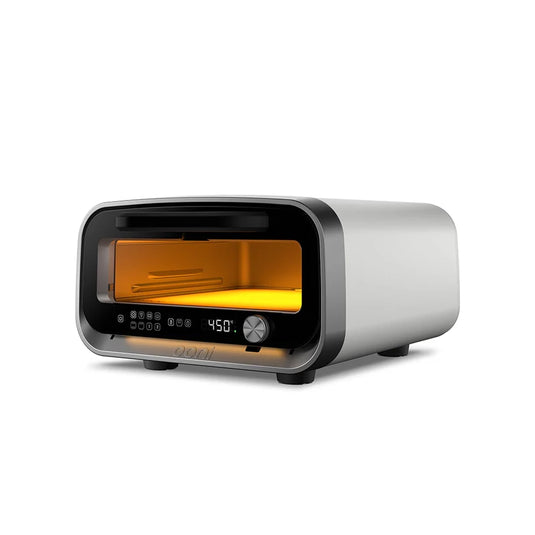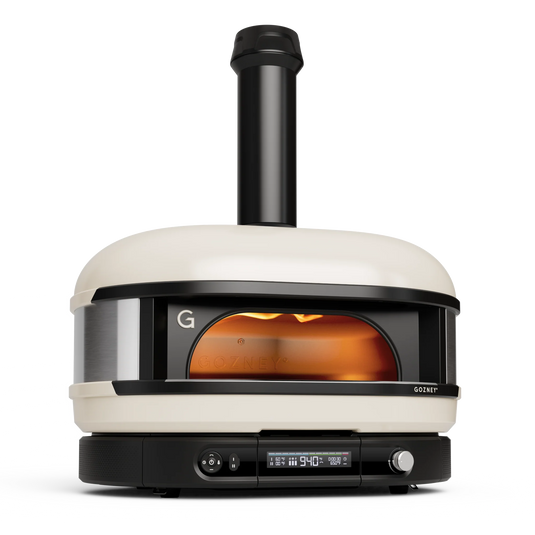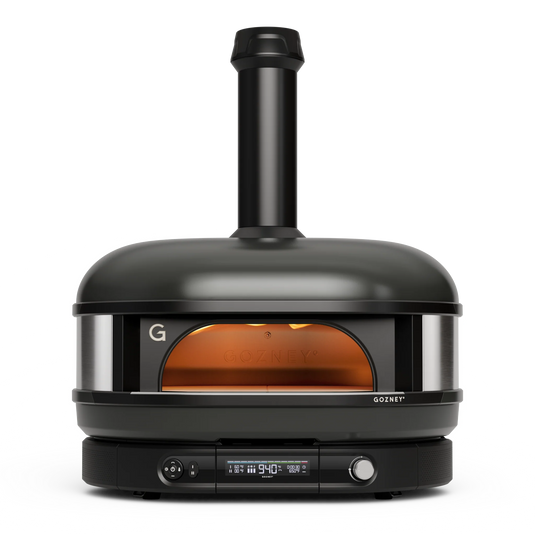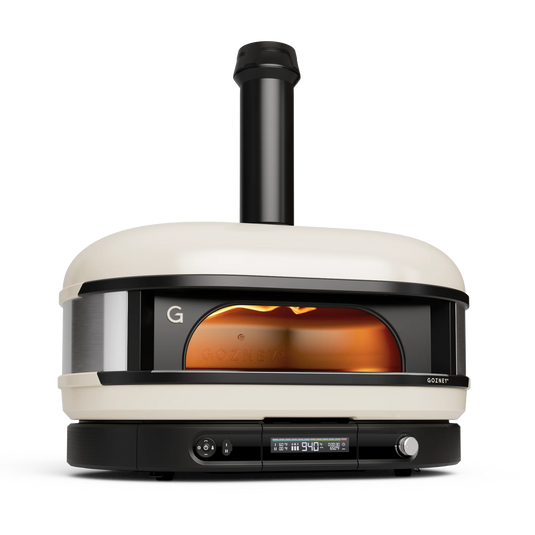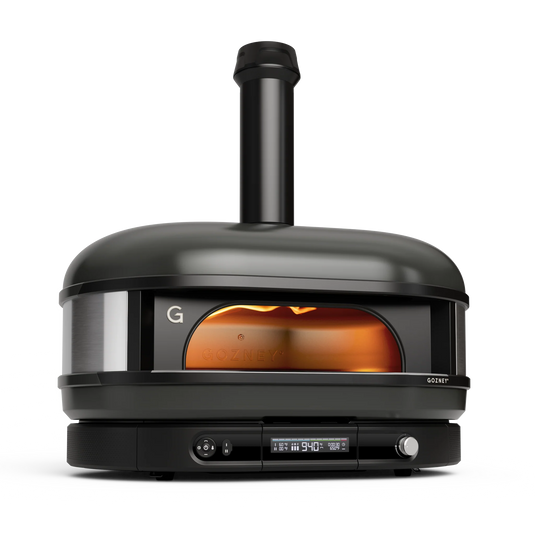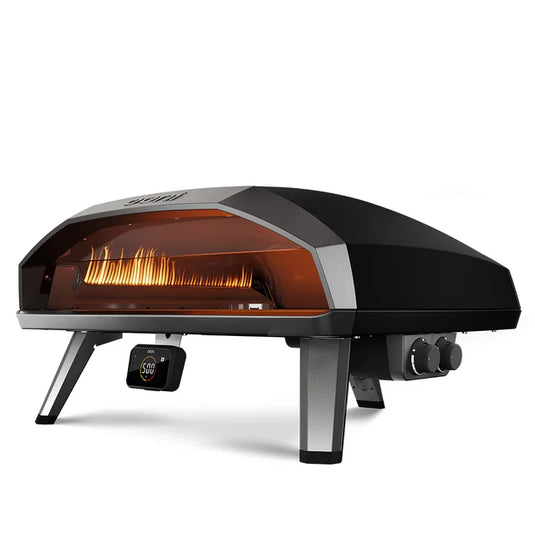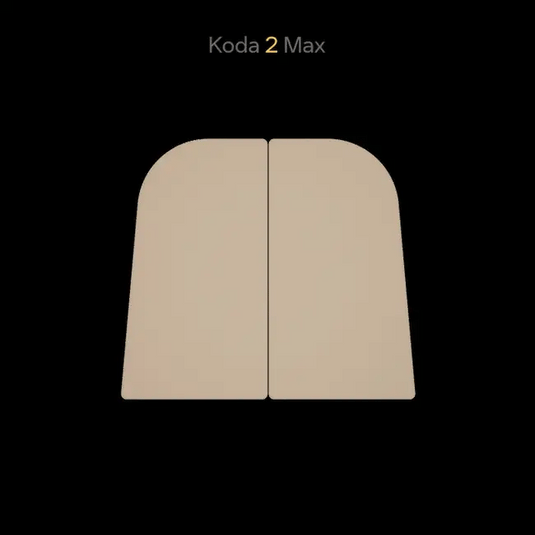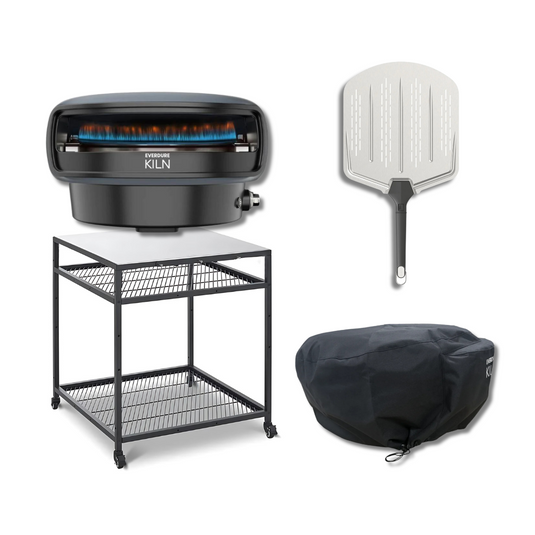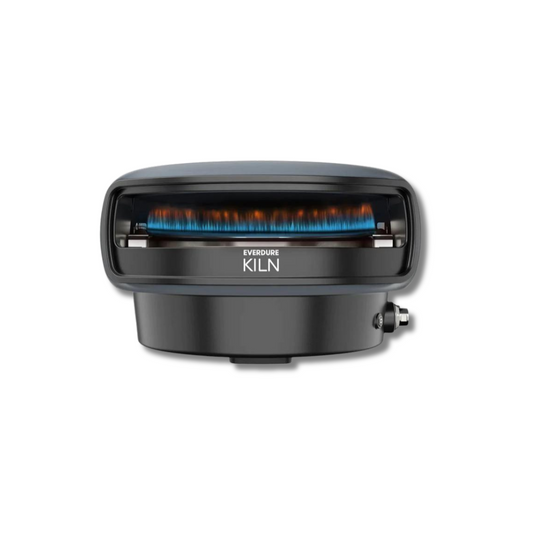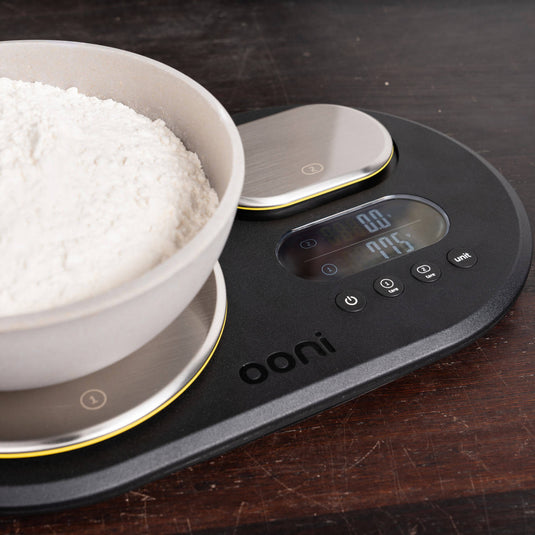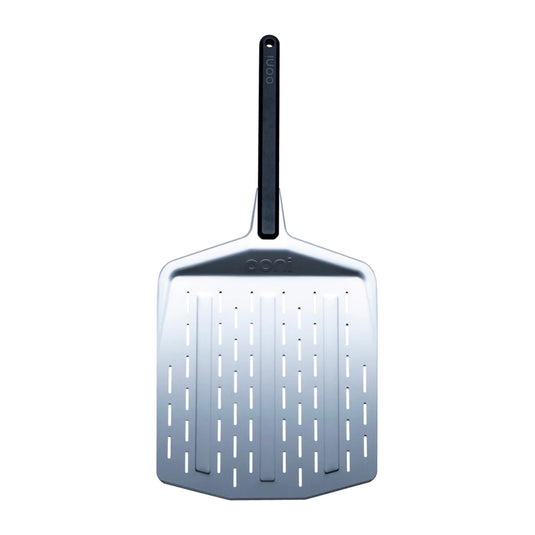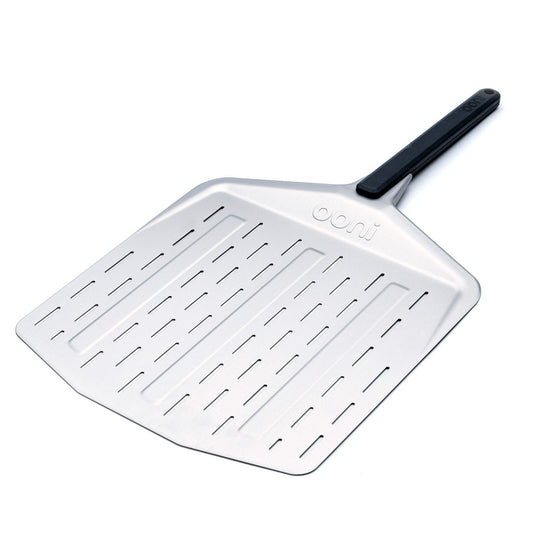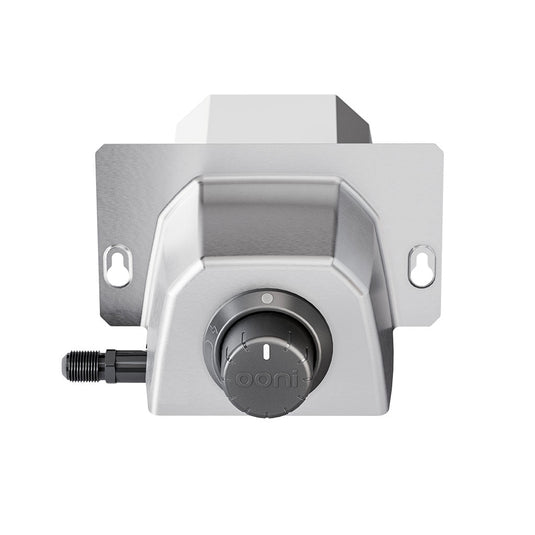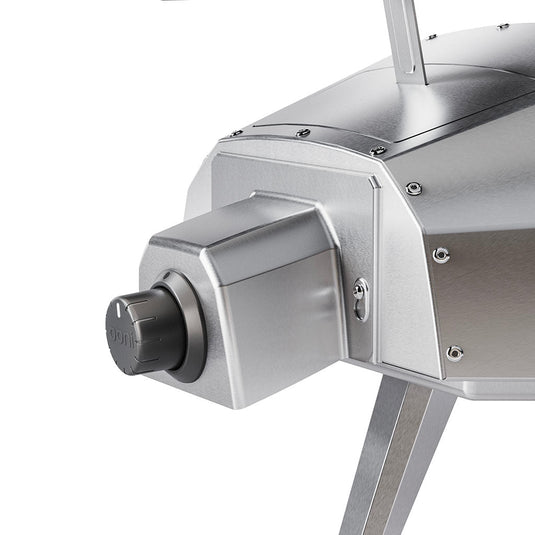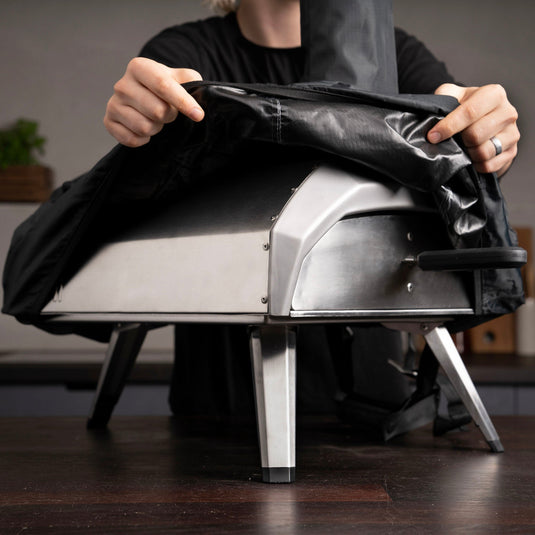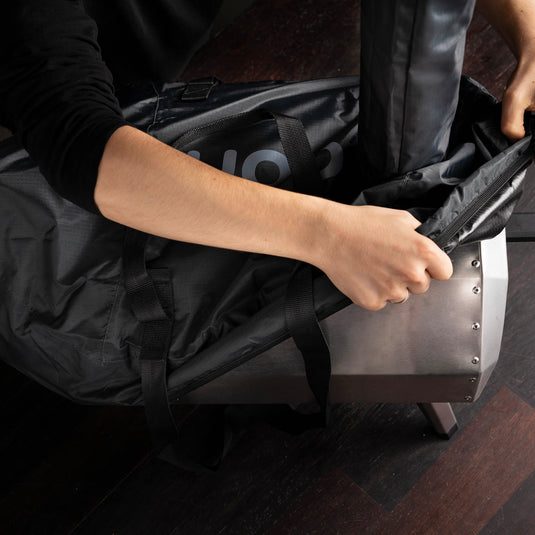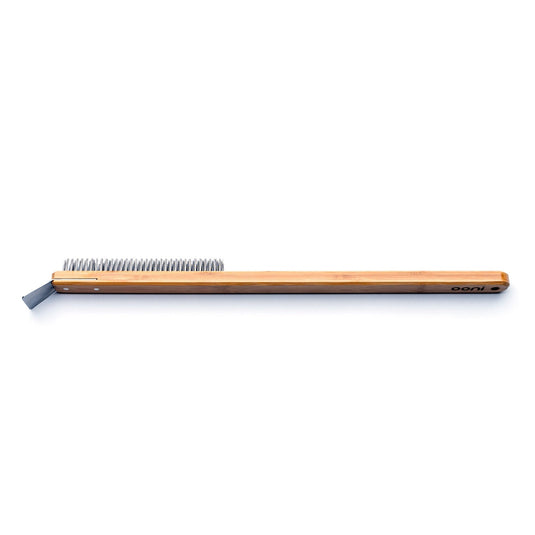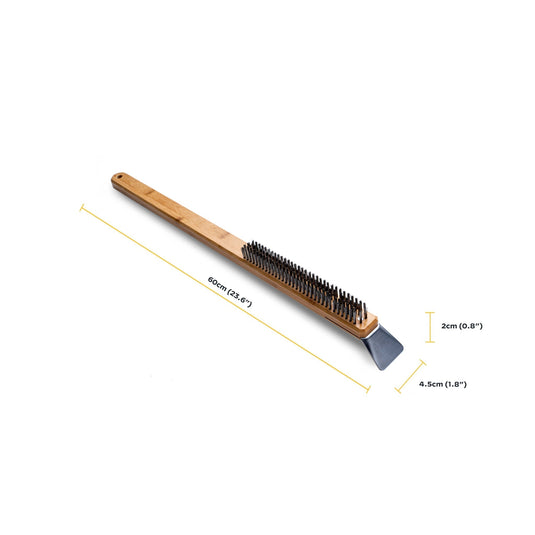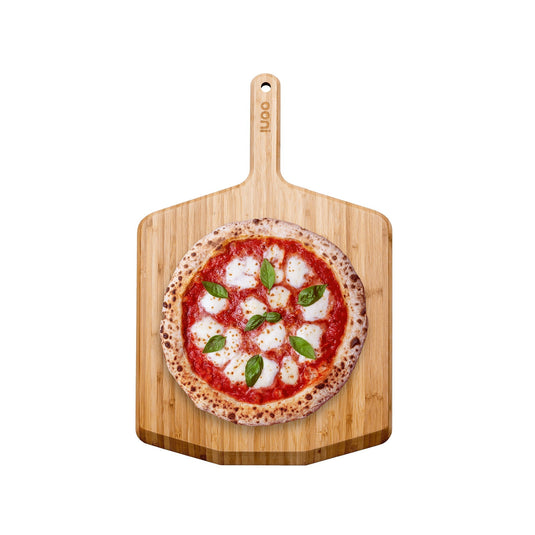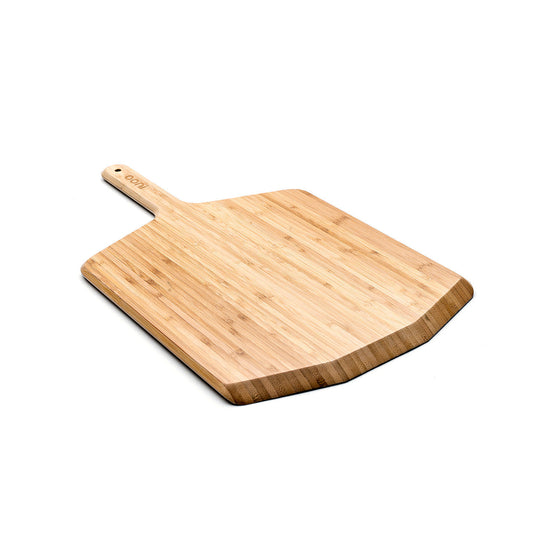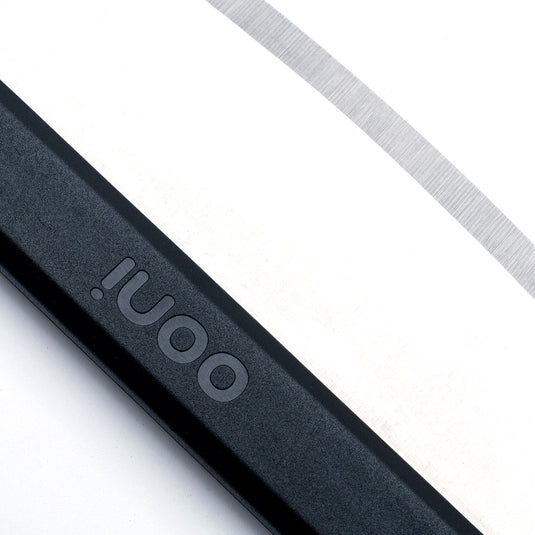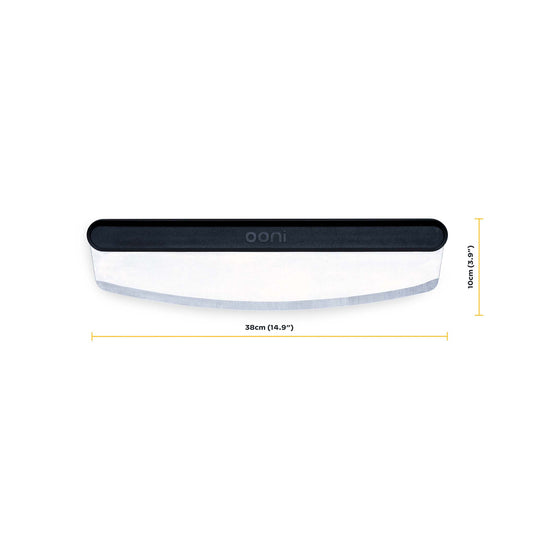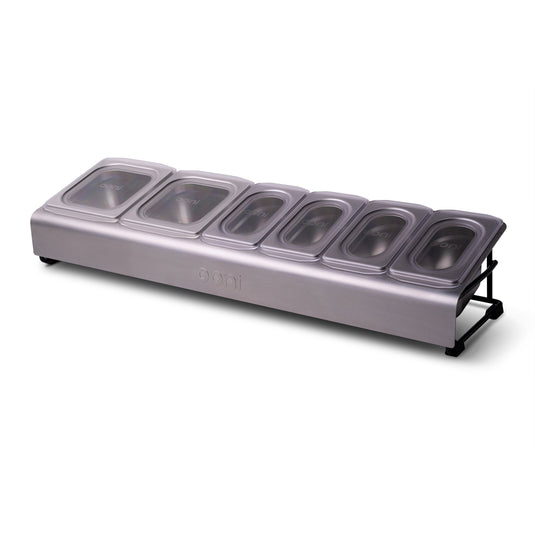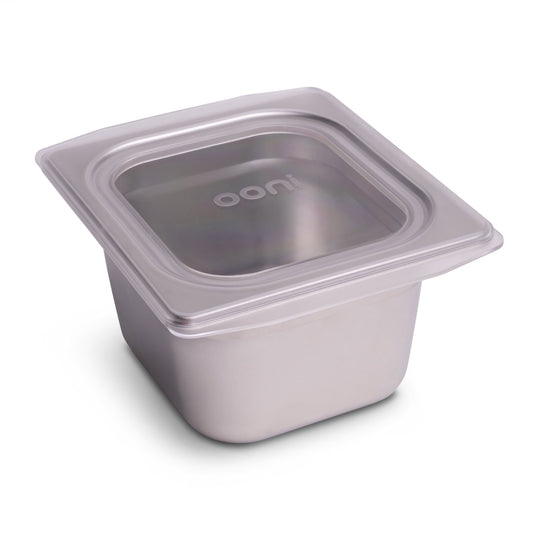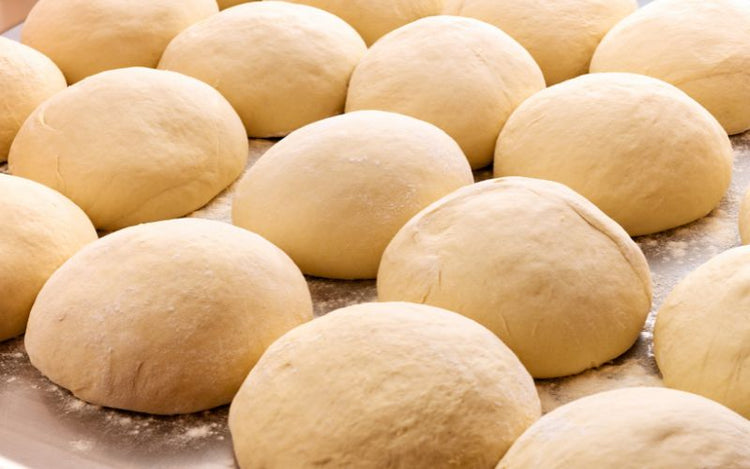
The Basics of Pizza Dough: Just Give Me a Pizza!
If you're new to making pizza at home, you're probably feeling a bit overwhelmed. There are a lot of recipes and even more opinions floating around. Words like biga, poolish, hydration percentage, and W rating might have you wondering if you're making dough or preparing for a science fair.
Let’s clear things up.

Start Simple: Direct Dough
If you're just starting out, direct dough is your best friend. It's straightforward, reliable, and only needs four ingredients:
-
Flour
-
Yeast
-
Water
-
Salt
That’s it. No pre-ferments, no confusing ratios, no fancy terminology. Just mix, rest, shape, bake, and eat.
A great place to begin is with our Classic Neapolitan Pizza Dough recipe. It uses Caputo 00 flour, is 60% hydration, and delivers the kind of chewy-crispy base that makes pizza night feel like a trip to Naples.
What is Caputo 00 Flour?
Caputo is an Italian flour mill famous for producing pizza-friendly flours. The "00" refers to how finely the flour is milled—think soft, powdery flour that feels almost like talcum. Caputo 00 is perfect for Neapolitan-style pizzas because it gives the dough strength, lightness, and just the right elasticity for that iconic puffy crust and tender bite.
Want to Get Technical? Let’s Talk Hydration and Flour Strength
Once you're comfortable with direct dough, you might start exploring hydration—that’s the ratio of water to flour in your dough. A 60% hydration dough means 60g of water for every 100g of flour. Higher hydration doughs (70% and beyond) make for lighter, airier crusts, but they’re also stickier, trickier to handle, and usually need a good stand mixer (or very strong forearms!).
For this, Caputo offers specialised flours like:
-
Nuvola – Designed for light, airy crusts.
-
Nuvola Super – With an ultra-high W rating, perfect for high hydration doughs up to 85% water or more!
What on Earth is the W Rating?
Glad you asked. The W rating measures the flour's strength—basically how much gas it can trap during fermentation. A higher W rating means the flour can absorb more water and still hold its structure, making it ideal for longer fermentation times and high-hydration recipes.
Here’s a rough guide:
-
W < 200: Low strength (for pastries and short ferments)
-
W 220–280: Good for standard pizza dough
-
W 300+: Great for long fermentation, airy crusts, and advanced doughs like those made with biga or poolish
What Are Biga and Poolish?
These are pre-ferments, or starter doughs, made hours (or even a day) before your final dough. Why bother? Because they add flavour, texture, and complexity to your pizza base.
-
Biga: An Italian-style pre-ferment that’s typically quite stiff (around 45-50% hydration). It gives the dough a deep aroma and strength.
-
Poolish: A French-style pre-ferment that’s very wet (usually 100% hydration), adding softness and a slight tang to your crust.
Both require some planning and care with timing, but if you love experimenting and geeking out over your pizza, they're worth trying.
Final Word
If all of this sounds a bit much—don’t worry. The best way to start is simple. Get comfortable with a basic direct dough, and from there, the pizza world is your playground.
Check out our Classic Neapolitan Pizza Dough recipe, grab some Caputo 00 flour, and give it a go. Once you’ve mastered that, you’ll know when it’s time to level up with biga, poolish, or that gloriously sticky 85% hydration dough.








